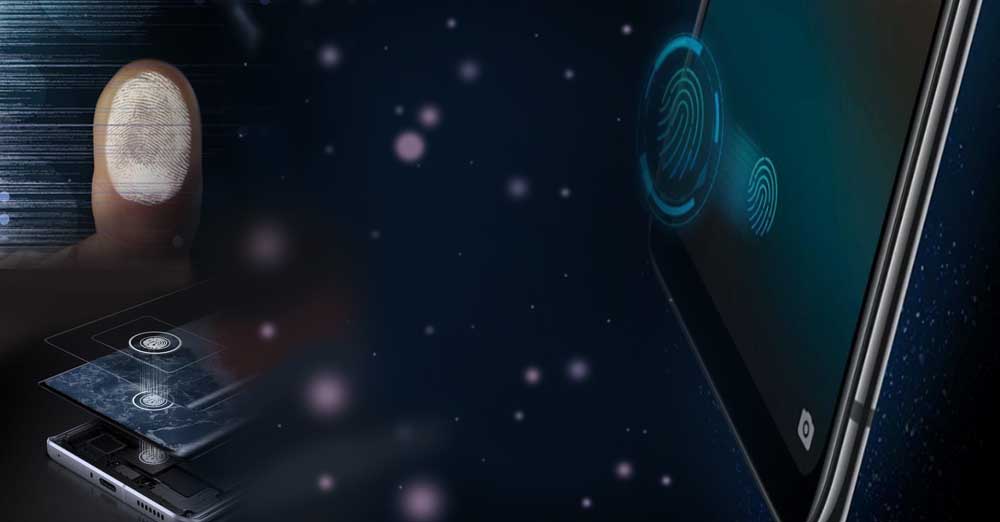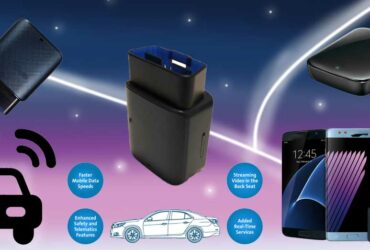A brand-new, high-tech in-display ultrasonic fingerprint scanner from Qualcomm has been introduced. According to Qualcomm, the newest fingerprint technology, known as 3D Sonic Max, is the biggest fingerprint sensor currently in use and is 17 times bigger than the previous 3D Sonic Sensor. The Verge reports that the 3D Sonic Max also has a feature that allows it to read two fingerprints at once, significantly enhancing the security mechanism.
Ultrasonic fingerprint technology, which is more dependable and secure than the current optical in-display fingerprint technology, is also used in Qualcomm’s first-generation 3D Sonic Sensor, which was previously introduced. However, there was an issue that was fixed where individuals could log in using their fingerprints when the 3D Sonic Sensor was originally introduced on the Samsung Galaxy S10 series. Another UK-based bank, NatWest, has removed apps from the Google Play Store for Galaxy S10 users, and other banking organizations have temporarily suspended support for the Galaxy S10 and Note phones. Nationwide Building Society, a UK bank, has disabled the fingerprint login option for Galaxy S10 phone owners.

The new sensor now exhibits the sluggish fingerprint reading that was present in the first-generation fingerprint sensor previously. The small sensor makes it difficult to read with accuracy, and when screen protectors are used, there are issues with other individuals being able to access the fingerprint reader. Whereas the 3D Sonic Max has a fingerprint reading area of 20mm x 30mm, the 3D Sonic Sensor only has a reading area of 4mm x 9mm. According to the manufacturer, the sensor’s bigger reading area will make it simpler to rapidly and precisely read a fingerprint. Which items from which businesses will employ 3D Sonic Max is not yet known. The newest in-display fingerprint technology from Qualcomm will reportedly be used by Apple in 2020 iPhones, according to a MacRumors rumor.




